Portable Appliance Testing (PAT Testing) is a crucial process in ensuring the safety and functionality of electrical appliances within various environments, from homes to workplaces.
Understanding PAT Testing
PAT Testing involves the routine inspection and testing of electrical appliances to ensure they are safe to use. This process typically includes a visual inspection to identify any obvious defects and electrical tests to verify the integrity of the appliance’s internal components. The objective is to detect potential hazards that could lead to electrical accidents, fires, or injuries.
Legal Requirements for PAT Testing
- Health and Safety Regulations:
- In the UK, the Health and Safety at Work Act 1974 mandates employers to ensure the safety of all electrical equipment used by their employees. The Electricity at Work Regulations 1989 further stipulate that all electrical systems must be maintained to prevent danger.
- Insurance Compliance:
- Many insurance policies for commercial properties require regular PAT Testing as part of their terms. Failure to comply with these requirements could result in invalidated insurance claims in the event of an electrical incident.
- Landlord Obligations:
- Landlords are legally obliged to ensure that all electrical appliances provided in rental properties are safe for tenants to use. Regular PAT Testing helps landlords fulfil their duty of care and avoid potential legal repercussions.
Benefits of PAT Testing
- Enhanced Safety:
- The primary benefit of PAT Testing is the increased safety it provides. By identifying and rectifying electrical faults, PAT Testing reduces the risk of electrical shocks, fires, and other hazards.
- Compliance and Peace of Mind:
- Regular PAT Testing helps businesses and landlords comply with legal and insurance requirements, offering peace of mind that they are meeting their obligations and safeguarding their premises.
- Extended Appliance Lifespan:
- Regular testing and maintenance can extend the lifespan of electrical appliances by ensuring they are in good working condition and preventing minor issues from escalating into major faults.
- Cost Savings:
- By preventing electrical accidents and appliance failures, PAT Testing can save money in the long run. The costs associated with repairs, replacements, and potential legal claims can be significantly reduced.
Best Practices for PAT Testing
- Regular Testing Intervals:
- Establish a schedule for PAT Testing based on the type of equipment and its usage. High-risk environments and frequently used appliances may require more frequent testing.
- Qualified Testers:
- Ensure that PAT Testing is carried out by qualified and competent individuals who have received appropriate training and certification. This guarantees that the testing is thorough and accurate.
- Record Keeping:
- Maintain detailed records of all PAT Testing activities, including the date of tests, results, and any actions taken. This documentation is essential for compliance and can be invaluable in the event of an inspection or audit.
- Visual Inspections:
- Encourage regular visual inspections of electrical appliances by employees or users. Identifying visible signs of wear and tear or damage can help in taking proactive measures before the next scheduled PAT Test.
PAT Testing is an indispensable aspect of maintaining electrical safety in homes, workplaces, and rental properties. It not only ensures compliance with legal and insurance requirements but also plays a vital role in protecting lives and property from electrical hazards. By implementing regular PAT Testing and adhering to best practices, businesses, landlords, and individuals can create safer environments and enjoy the numerous benefits that come with it.
By prioritising PAT Testing, you are not only safeguarding your assets and people but also fostering a culture of safety and responsibility. Make PAT Testing a regular part of your maintenance routine and reap the rewards of a safer, more secure environment.


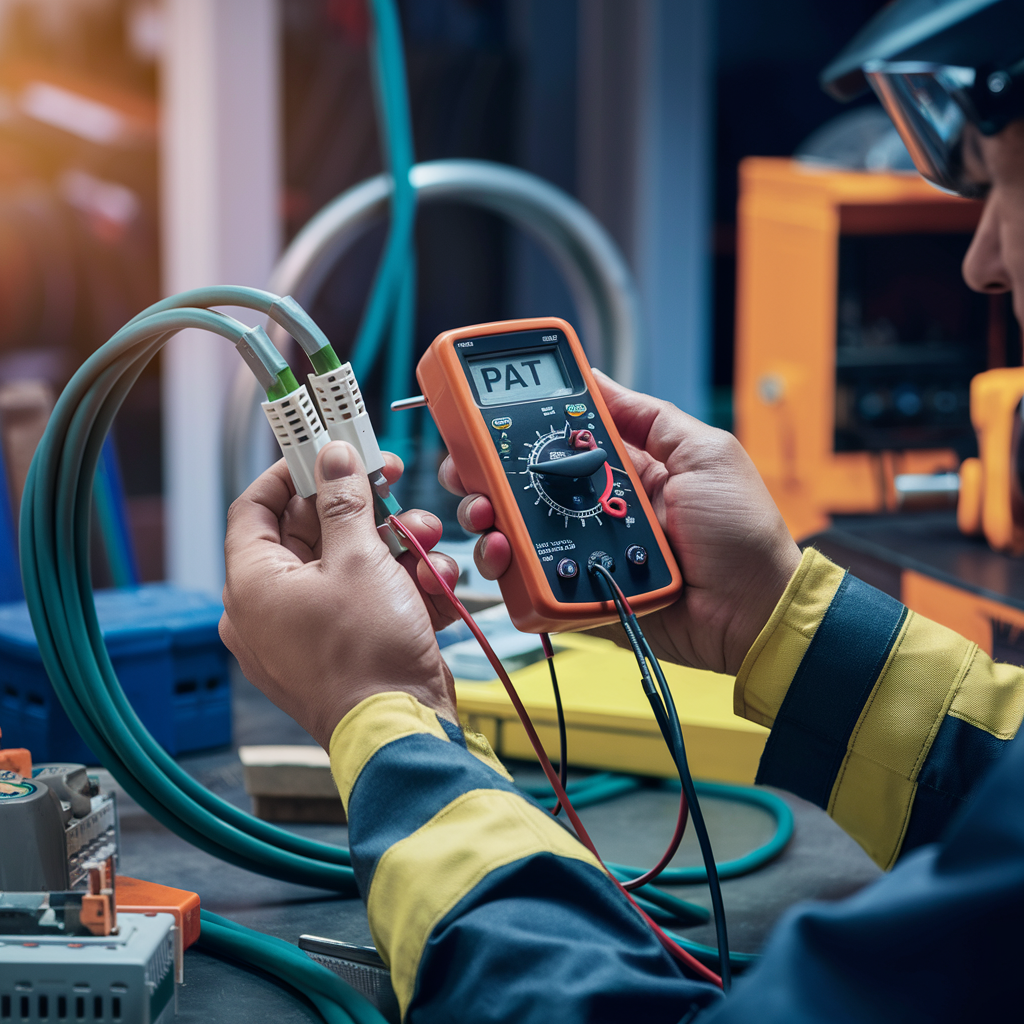
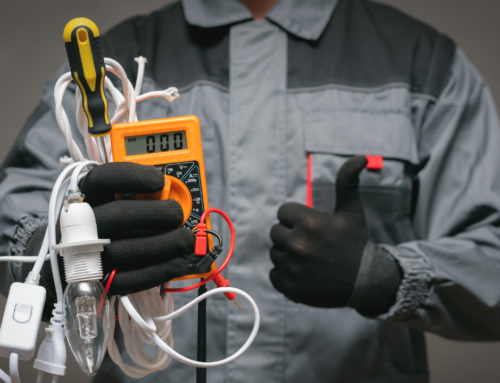
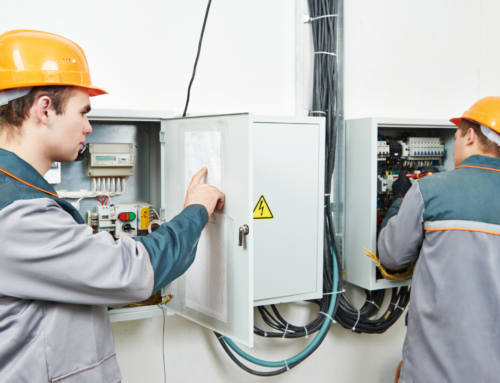
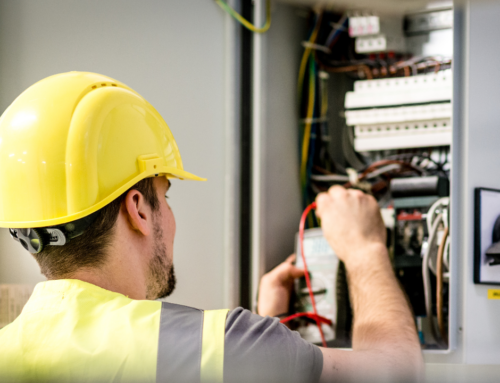
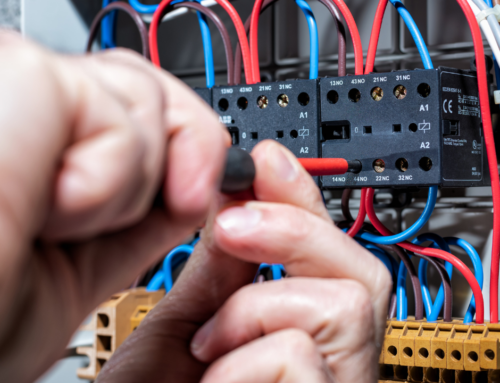
Leave A Comment